
Jacques-Louis David Painting Reproductions 2 of 3
1748-1825
French Neoclassical Painter
62 Jacques-Louis David Paintings
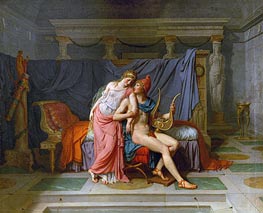
The Love of Paris and Helen 1789
Oil Painting
$3431
$3431
Canvas Print
$126.31
$126.31
SKU: DJL-12852
Jacques-Louis David
Original Size: 146 x 180 cm
Louvre Museum, Paris, France
Jacques-Louis David
Original Size: 146 x 180 cm
Louvre Museum, Paris, France
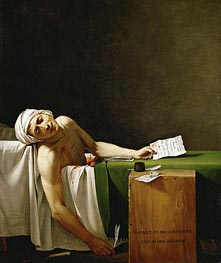
Assassinated Marat in His Bathtub 1793
Oil Painting
$1872
$1872
Canvas Print
$78.61
$78.61
SKU: DJL-12853
Jacques-Louis David
Original Size: 165 x 128 cm
Louvre Museum, Paris, France
Jacques-Louis David
Original Size: 165 x 128 cm
Louvre Museum, Paris, France
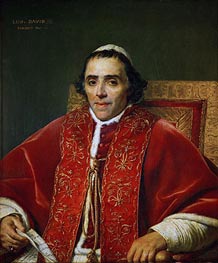
Pope Pius VII 1805
Oil Painting
$2079
$2079
Canvas Print
$77.59
$77.59
SKU: DJL-12854
Jacques-Louis David
Original Size: 86 x 71 cm
Louvre Museum, Paris, France
Jacques-Louis David
Original Size: 86 x 71 cm
Louvre Museum, Paris, France
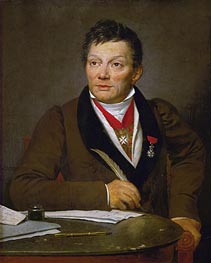
Alexandre Lenoir 1817
Oil Painting
$1804
$1804
Canvas Print
$75.04
$75.04
SKU: DJL-12855
Jacques-Louis David
Original Size: 76 x 62 cm
Louvre Museum, Paris, France
Jacques-Louis David
Original Size: 76 x 62 cm
Louvre Museum, Paris, France
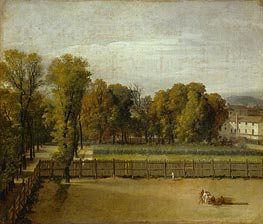
View from the Luxembourg Gardens in Paris n.d.
Oil Painting
$1420
$1420
Canvas Print
$110.60
$110.60
SKU: DJL-12856
Jacques-Louis David
Original Size: 55 x 65 cm
Louvre Museum, Paris, France
Jacques-Louis David
Original Size: 55 x 65 cm
Louvre Museum, Paris, France
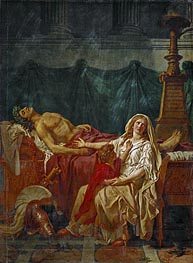
The Sorrow of Andromache 1783
Oil Painting
$3656
$3656
Canvas Print
$68.40
$68.40
SKU: DJL-12857
Jacques-Louis David
Original Size: 275 x 203 cm
Louvre Museum, Paris, France
Jacques-Louis David
Original Size: 275 x 203 cm
Louvre Museum, Paris, France
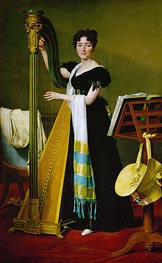
Juliette de Villeneuve 1824
Oil Painting
$3582
$3582
Canvas Print
$61.75
$61.75
SKU: DJL-12858
Jacques-Louis David
Original Size: 198.8 x 123 cm
Louvre Museum, Paris, France
Jacques-Louis David
Original Size: 198.8 x 123 cm
Louvre Museum, Paris, France
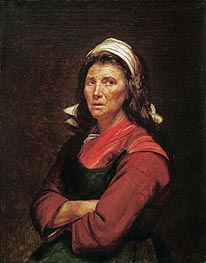
The Woman of the People 1789
Oil Painting
$1688
$1688
Canvas Print
$73.17
$73.17
SKU: DJL-12859
Jacques-Louis David
Original Size: unknown
Musee des Beaux Arts, Lyon, France
Jacques-Louis David
Original Size: unknown
Musee des Beaux Arts, Lyon, France
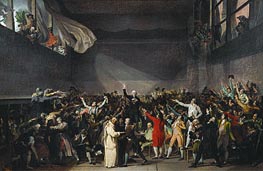
The Tennis Court Oath, 20th June 1789 1791
Canvas Print
$101.49
$101.49
SKU: DJL-12860
Jacques-Louis David
Original Size: unknown
Musee Carnavalet, Paris, France
Jacques-Louis David
Original Size: unknown
Musee Carnavalet, Paris, France
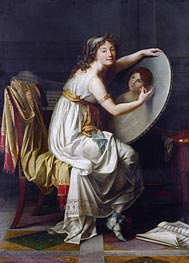
Portrait of Rose Adelaide Ducreux n.d.
Oil Painting
$2045
$2045
Canvas Print
$67.38
$67.38
SKU: DJL-12861
Jacques-Louis David
Original Size: unknown
Musee des Beaux-Arts, Rouen, France
Jacques-Louis David
Original Size: unknown
Musee des Beaux-Arts, Rouen, France

Alexandre Lenoir n.d.
Oil Painting
$2566
$2566
Canvas Print
$83.79
$83.79
SKU: DJL-12862
Jacques-Louis David
Original Size: 220 x 161 cm
Museum of Palace of Versailles, Paris, France
Jacques-Louis David
Original Size: 220 x 161 cm
Museum of Palace of Versailles, Paris, France
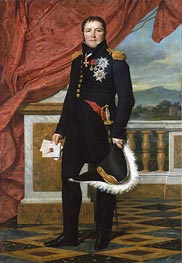
General Étienne-Maurice Gérard, Marshal of France 1816
Oil Painting
$3271
$3271
Canvas Print
$107.85
$107.85
SKU: DJL-12863
Jacques-Louis David
Original Size: 197.2 x 136.2 cm
Metropolitan Museum of Art, New York, USA
Jacques-Louis David
Original Size: 197.2 x 136.2 cm
Metropolitan Museum of Art, New York, USA
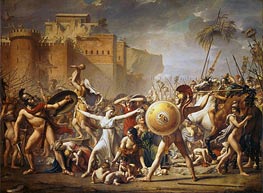
The Sabine Women 1799
Canvas Print
$68.58
$68.58
SKU: DJL-12864
Jacques-Louis David
Original Size: 385 x 522 cm
Louvre Museum, Paris, France
Jacques-Louis David
Original Size: 385 x 522 cm
Louvre Museum, Paris, France
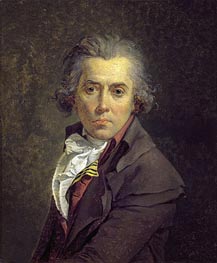
Self Portrait 1791
Oil Painting
$1614
$1614
Canvas Print
$104.94
$104.94
SKU: DJL-12865
Jacques-Louis David
Original Size: 64 x 53 cm
Galleria degli Uffizi, Florence, Italy
Jacques-Louis David
Original Size: 64 x 53 cm
Galleria degli Uffizi, Florence, Italy

Madame David 1813
Oil Painting
$1897
$1897
Canvas Print
$75.72
$75.72
SKU: DJL-12866
Jacques-Louis David
Original Size: 72.9 x 59.4 cm
National Gallery of Art, Washington, USA
Jacques-Louis David
Original Size: 72.9 x 59.4 cm
National Gallery of Art, Washington, USA
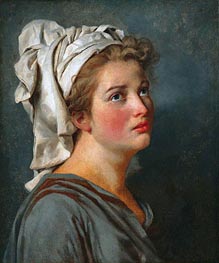
Young Woman with a Turban c.1780
Oil Painting
$1590
$1590
Canvas Print
$61.75
$61.75
SKU: DJL-12867
Jacques-Louis David
Original Size: 55.2 x 46 cm
Cleveland Museum of Art, Ohio, USA
Jacques-Louis David
Original Size: 55.2 x 46 cm
Cleveland Museum of Art, Ohio, USA
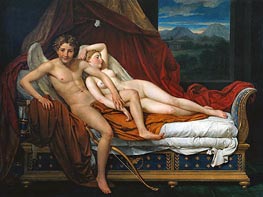
Cupid and Psyche 1817
Oil Painting
$6811
$6811
Canvas Print
$70.10
$70.10
SKU: DJL-12868
Jacques-Louis David
Original Size: 184.2 x 241.6 cm
Cleveland Museum of Art, Ohio, USA
Jacques-Louis David
Original Size: 184.2 x 241.6 cm
Cleveland Museum of Art, Ohio, USA
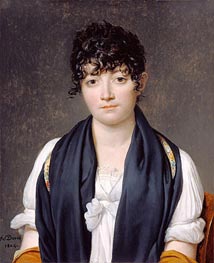
Portrait of Suzanne Le Peletier de Saint-Fargeau 1804
Oil Painting
$1586
$1586
Canvas Print
$92.65
$92.65
SKU: DJL-12869
Jacques-Louis David
Original Size: 60.5 x 49.5 cm
J. Paul Getty Museum, Los Angeles, USA
Jacques-Louis David
Original Size: 60.5 x 49.5 cm
J. Paul Getty Museum, Los Angeles, USA
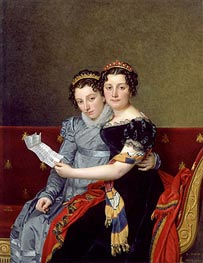
Portrait of the Sisters Zénaïde and Charlotte ... 1821
Oil Painting
$3054
$3054
Canvas Print
$71.98
$71.98
SKU: DJL-12870
Jacques-Louis David
Original Size: 129.5 x 100 cm
J. Paul Getty Museum, Los Angeles, USA
Jacques-Louis David
Original Size: 129.5 x 100 cm
J. Paul Getty Museum, Los Angeles, USA
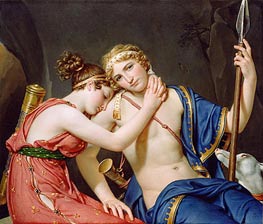
The Farewell of Telemachus and Eucharis 1818
Oil Painting
$2806
$2806
Canvas Print
$79.81
$79.81
SKU: DJL-12871
Jacques-Louis David
Original Size: 87.2 x 103 cm
J. Paul Getty Museum, Los Angeles, USA
Jacques-Louis David
Original Size: 87.2 x 103 cm
J. Paul Getty Museum, Los Angeles, USA
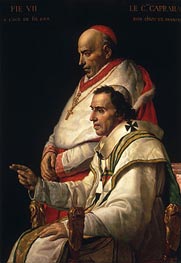
Portrait of Pope Pius VII and Cardinal Caprara c.1805
Oil Painting
$2827
$2827
Canvas Print
$64.67
$64.67
SKU: DJL-12872
Jacques-Louis David
Original Size: 138.1 x 96 cm
Philadelphia Museum of Art, Pennsylvania, USA
Jacques-Louis David
Original Size: 138.1 x 96 cm
Philadelphia Museum of Art, Pennsylvania, USA
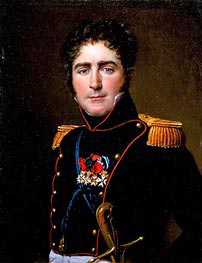
Portrait of Comte Henri-Amédée de Turenne 1816
Oil Painting
$1685
$1685
Canvas Print
$71.80
$71.80
SKU: DJL-12873
Jacques-Louis David
Original Size: 70 x 53 cm
The Clark Art Institute, Massachusetts, USA
Jacques-Louis David
Original Size: 70 x 53 cm
The Clark Art Institute, Massachusetts, USA
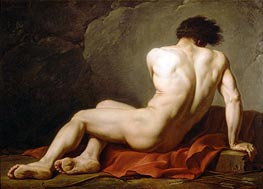
Patroclus (Academic Figure of a Man) n.d.
Oil Painting
$1631
$1631
Canvas Print
$67.04
$67.04
SKU: DJL-12874
Jacques-Louis David
Original Size: 122 x 170 cm
Public Collection
Jacques-Louis David
Original Size: 122 x 170 cm
Public Collection

Mr. and Mrs. Antoine Mongez 1812
Oil Painting
$2141
$2141
Canvas Print
$79.47
$79.47
SKU: DJL-12875
Jacques-Louis David
Original Size: 74 x 87 cm
Louvre Museum, Paris, France
Jacques-Louis David
Original Size: 74 x 87 cm
Louvre Museum, Paris, France